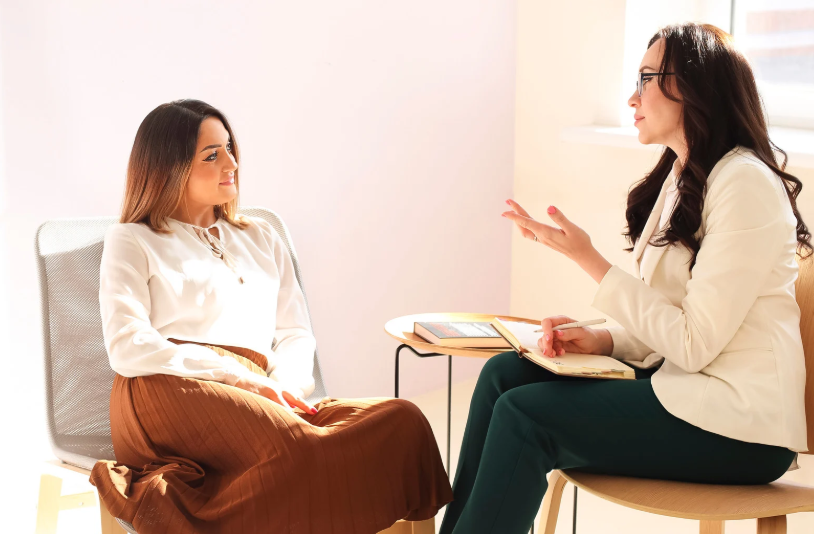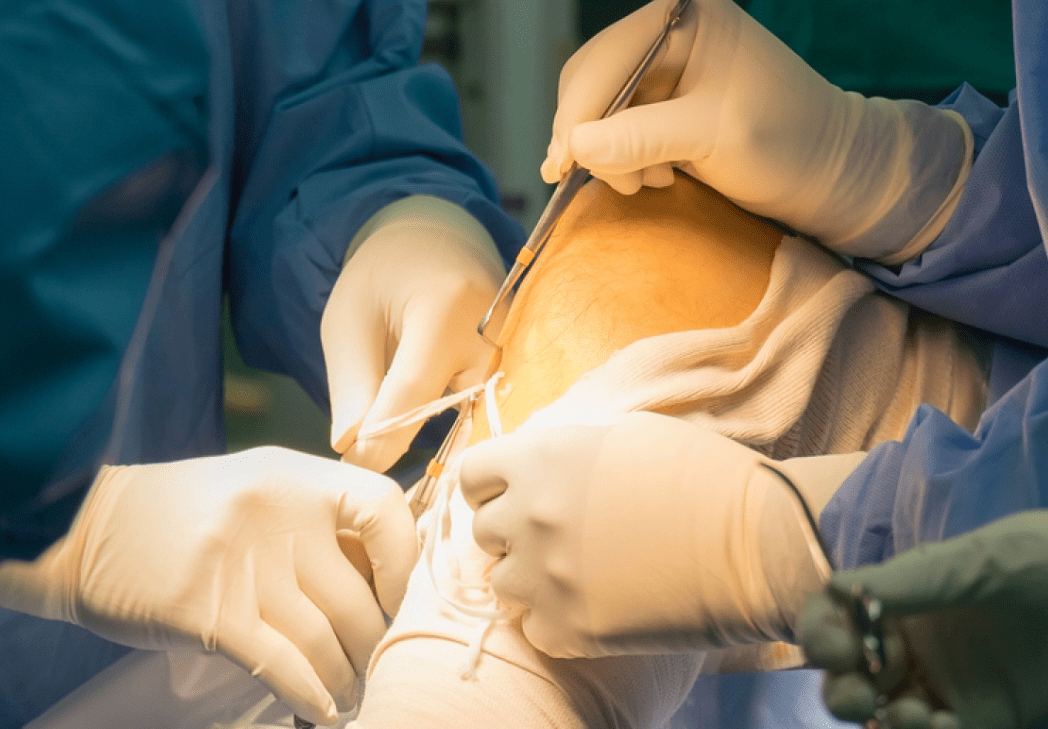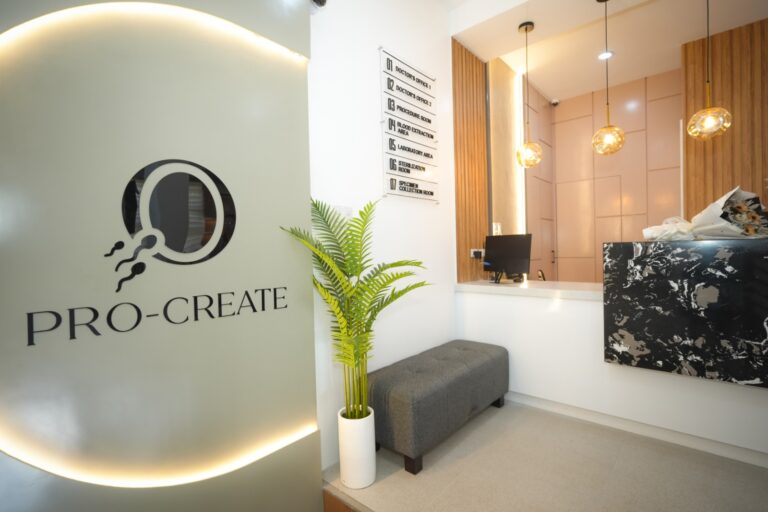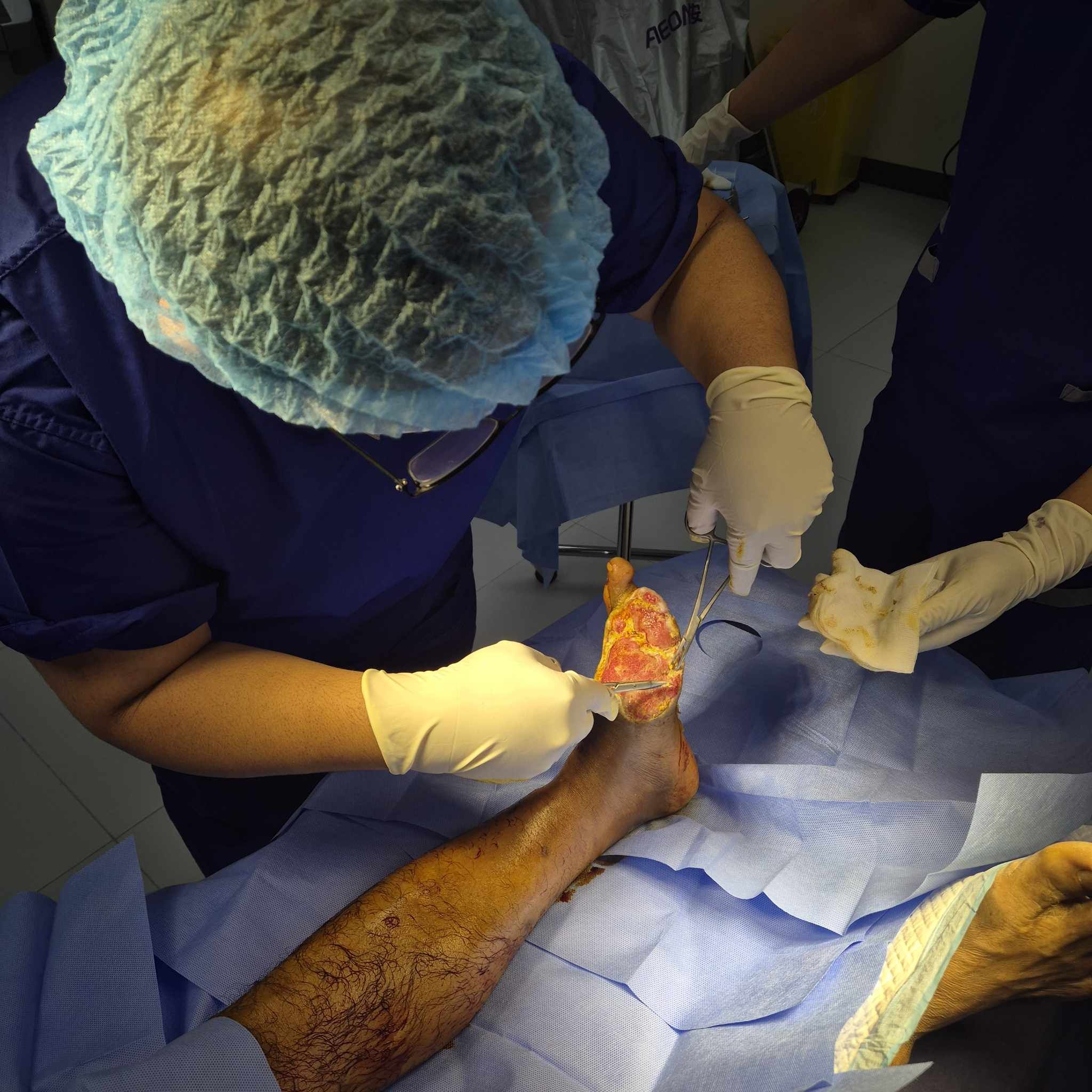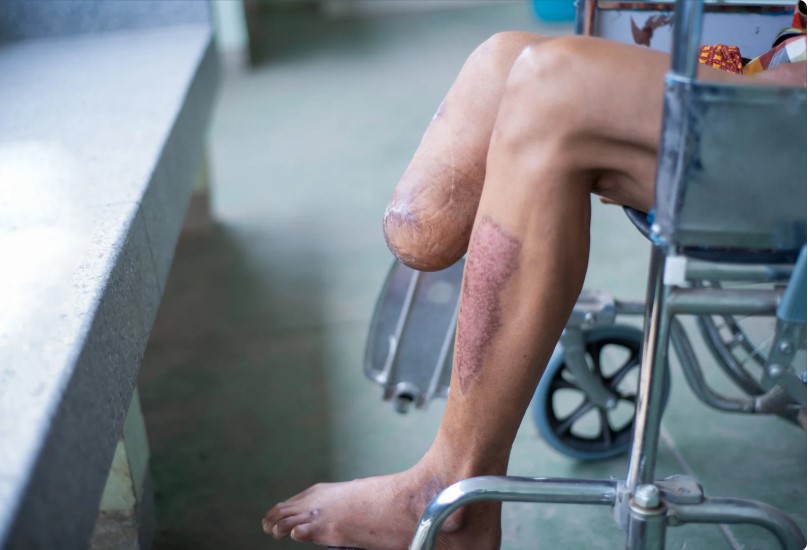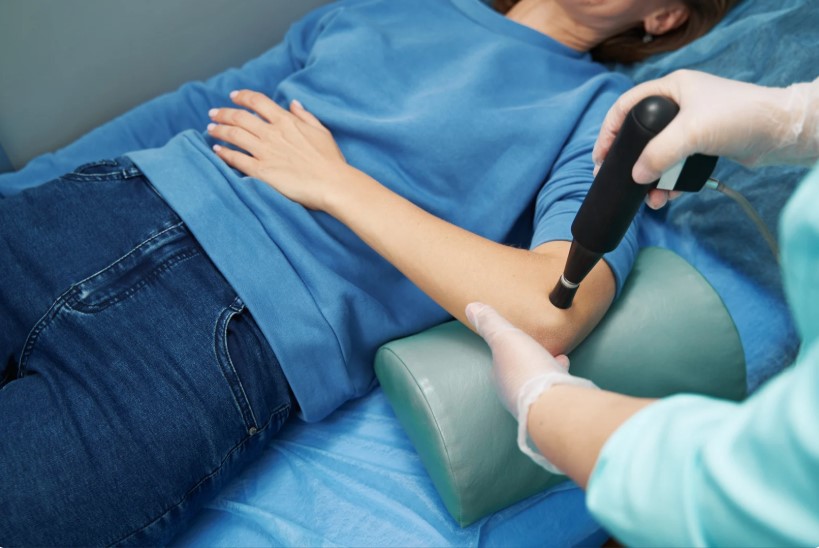Arthroscopy has revolutionized the way knee and shoulder injuries are treated. An arthroscopy doctor uses advanced, minimally invasive techniques to diagnose and treat various joint problems, offering patients quicker recovery times and less pain compared to traditional open surgery. Knee and shoulder injuries are common, particularly among athletes and active individuals. With the expertise of an arthroscopy doctor, patients can experience faster healing, reduced discomfort, and a quicker return to their regular activities. This article explores the top treatments offered by an arthroscopy doctor for knee and shoulder injuries, highlighting how these treatments work and the benefits they bring.
What is Arthroscopy?
Arthroscopy is a minimally invasive procedure where an arthroscopy doctor inserts a small camera (arthroscope) into the joint through tiny incisions to examine and treat damaged areas. This approach allows the doctor to diagnose the issue with precision and perform surgery if necessary. The primary advantage of arthroscopy is that it requires smaller incisions, which reduces the risk of infection and leads to faster recovery. By opting for an arthroscopy doctor, patients benefit from fewer complications and quicker rehabilitation than with traditional open surgery.
Common Knee Injuries Treated with Arthroscopy
Meniscus Tears
Meniscus tears are a frequent cause of knee pain and dysfunction. An arthroscopy doctor can perform a minimally invasive procedure to repair or trim the damaged meniscus tissue. This procedure is effective in restoring knee function while preserving the knee’s long-term health. Arthroscopy offers faster recovery than traditional surgery, and most patients can return to light activities within weeks.
ACL (Anterior Cruciate Ligament) Injuries
ACL injuries, often caused by sports, require surgical intervention for full recovery. An arthroscopy doctor can reconstruct the ACL using arthroscopic techniques, which allows for precise repair while minimizing trauma to surrounding tissues. This procedure reduces scarring and helps restore knee stability, enabling patients to return to their athletic pursuits much sooner than with open surgery.
Cartilage Damage & Loose Bodies
For patients with damaged cartilage or loose bodies within the knee joint, an arthroscopy doctor can remove or repair the damaged tissue. Arthroscopic debridement involves cleaning up the joint, removing any debris or inflamed tissue, which helps alleviate pain and improve mobility. This procedure is particularly beneficial for individuals suffering from knee arthritis or post-injury damage.
Patellar (Kneecap) Issues
Patellar misalignment or instability can be treated effectively by an arthroscopy doctor. Arthroscopy can be used to realign the patella, remove excess tissue, or smooth rough surfaces, leading to a more stable knee and reduced pain. This approach is minimally invasive and offers patients a quicker recovery time compared to traditional open procedures.
Common Shoulder Injuries Treated with Arthroscopy
Rotator Cuff Tears
Rotator cuff tears are one of the most common causes of shoulder pain and dysfunction. An arthroscopy doctor can repair these tears using a minimally invasive approach. Through small incisions, the doctor reattaches the torn tendons, significantly improving shoulder mobility and reducing pain. This method not only ensures precision but also leads to less post-surgical pain and quicker recovery compared to open surgery.
Shoulder Impingement Syndrome
Shoulder impingement occurs when the tendons in the shoulder become compressed, leading to pain and restricted movement. An arthroscopy doctor can address this condition by removing bone spurs or inflamed tissue that may be causing the impingement. This approach relieves pressure on the tendons, providing significant pain relief and allowing the patient to regain full shoulder function.
Labral Tears & Shoulder Instability
Labral tears, which affect the cartilage around the shoulder joint, can lead to instability and a higher risk of dislocation. An arthroscopy doctor can repair or reattach the torn labrum using advanced arthroscopic techniques. This treatment helps stabilize the shoulder joint, reduces the risk of future dislocations, and restores normal shoulder function.
Frozen Shoulder (Adhesive Capsulitis)
Frozen shoulder is a painful condition where the shoulder becomes stiff and difficult to move. An arthroscopy doctor can treat frozen shoulder by releasing tight bands of tissue within the joint capsule, allowing for improved range of motion. This treatment is highly effective in reducing pain and restoring mobility.
How Arthroscopy Works: The Procedure & Recovery
The procedure begins with an arthroscopy doctor making small incisions around the knee or shoulder joint. A thin tube with a camera (arthroscope) is inserted into the joint to allow the doctor to see the area in real-time. Depending on the issue, the doctor may remove damaged tissue, repair tendons, or make necessary adjustments to restore joint function. Recovery times vary, but most patients experience less pain and scarring than with traditional surgery. The rehabilitation process typically includes physical therapy to strengthen the muscles and improve range of motion, and patients can often return to normal activities within a few weeks to months, depending on the extent of the injury.
Benefits of Seeing an Arthroscopy Doctor for Joint Injuries
There are several key benefits to consulting an arthroscopy doctor for knee or shoulder injuries:
- Minimally Invasive: Smaller incisions reduce scarring, pain, and the risk of infection.
- Faster Recovery: With less trauma to surrounding tissues, recovery time is significantly shorter compared to traditional surgery.
- Better Outcomes: High success rates and lower complication rates make arthroscopic surgery an ideal choice for treating joint injuries.
- Less Pain: Due to the minimally invasive nature, patients experience less post-surgical pain and discomfort.
- More Precision: The use of cameras and specialized instruments allows for highly precise repairs.
When to See an Arthroscopy Specialist
It’s essential to see an arthroscopy doctor if you experience persistent pain, swelling, or limited mobility in your knee or shoulder, especially after an injury. If conservative treatments such as rest, physical therapy, and medication haven’t worked, an arthroscopy doctor can offer a more targeted solution to repair the damage. Early intervention often leads to better results, so it’s best to consult a specialist as soon as symptoms arise.
Takeaway
An arthroscopy doctor provides cutting-edge, minimally invasive treatments for knee and shoulder injuries, helping patients recover faster, with less pain, and minimal scarring. Whether you’re dealing with a meniscus tear, rotator cuff injury, or shoulder impingement, an arthroscopy doctor can offer tailored solutions that restore function and improve quality of life. If you’re experiencing joint pain or dysfunction, schedule a consultation with an experienced arthroscopy doctor to explore the best treatment options for your needs.


